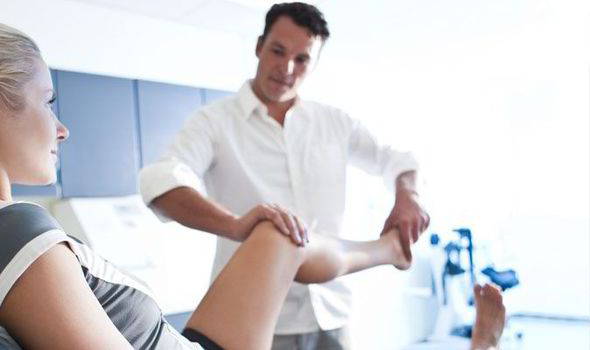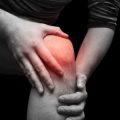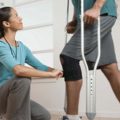Table of Contents
Kids have different temperament and challenges. For pediatric physiotherapists, assessment of patient includes determining treatment that best suitable to the child’s needs. Thus, most therapists in this field have what they call ‘tool box’ of varied treatment methods and philosophies to meet each child’s unique needs. And the successful ones are the ones that commit themselves in expanding their toolbox for different treatment techniques through professional development, training, and ongoing education.
Here are some examples of paediatric therapy methods. Note that some patients may need combinations of different techniques.
Neurodevelopmental Therapy
Also known as NDT, this method is actually a valuation of problem solving and treatment method for approaching a child’s neurological deficiencies or motor skill delays. Pediatric therapists in this treatment approach look for signs of high or low muscle tone and strength; both are used to search for signs for any dysfunction in a child’s movement and postural control.
NDT therapists are usually trained in assessment of children, observation, therapeutic handling, and analysis of children’s movements. They use these data for developing treatment programs. The usual patients are children with brain injury, cerebral palsy, or delay in their development.
Medek Treatment
Better known as CME or Cuevas-Medek Exercises, this paediatric treatment approach is made up of series of specific exercises and movements designed to provoke children’s instinctive righting responses; which is part of the child’s mechanism for postural motor control.
Children will develop better trunk and head control, and stand and walk better with this treatment method.
Hydrotherapy
One of the many amazing properties of water is it can assist therapeutic objectives. Buoyancy greatly reduces the muscle activity and compression of the joints, making it easier for kids with physical and mobility problems to move freely, aiding their therapy.
Also, surface tension and viscosity provide enough resistance to help build muscle strength. While warm water helps muscles relax and aid better blood circulation. Hydrotherapy sessions involve exercises and activities in therapeutic pool. Children with orthopedic, neurological and sensory problems can greatly benefit from hydrotherapy.
Core Restoration
The core is the biggest part of our body, and essentially the foundation of our movement. One of the most integral aspects of any physiotherapy treatments involves strengthening the core. This includes addressing wrong postures and optimizes it with postural alignment. This muscle activation technique achieves and maintains core alignment.
However, those with core issues can benefit from core restoration through specific set of exercises, as well as seating supports for assistance.
For teens and older children with core issue, physical therapists teach breathing exercises to activate their diaphragm; and emphasize muscles to work together as one system that maintains core alignment. This paediatric treatment doesn’t only improve stability of posture, but more importantly promote mobility for functional movements.
These are just four of the many types of tested and proven paediatric physiotherapy methods physical therapists perform on kids with special physical needs.






 I love to write guides for those seeking a career. My books are written for everyone in an easy to read and understandable style.
I love to write guides for those seeking a career. My books are written for everyone in an easy to read and understandable style.